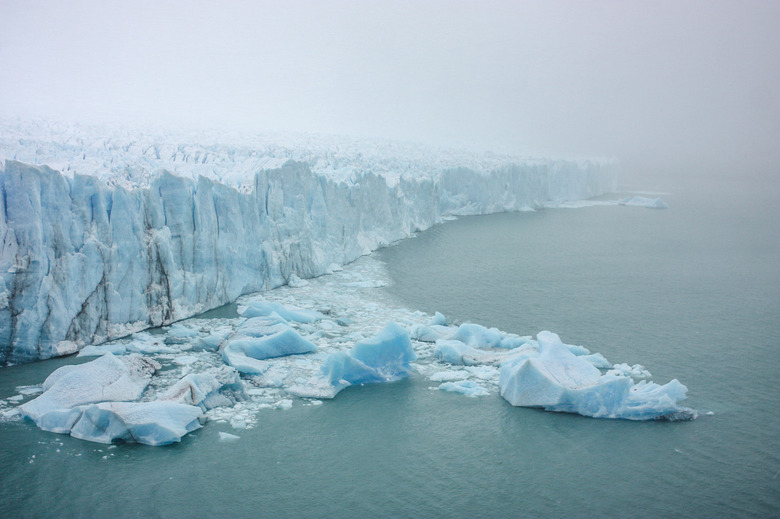Robot Test Shows 'Doomsday Glacier' Is Melting Faster Than Scientists Thought
A notoriously unstable glacier along the western coast of Antactica is melting faster than we previously thought. The Thwaites glacier, which is known by many as the "Doomsday Glacier" is cracking and disintegrating, growing weaker and weaker as warm ocean currents melt the glacier at a pace faster than scientists previously expected.
While it is indeed dire news that the Doomsday Glacier is melting faster than anticipated, the data that researchers have gathered will help them create better models for predicting changes in Thwaites. Those better models will also help to better predict how sea levels might rise if it does collapse.
The data was gathered by a small 11-foot tube-like robot named Icefin. Back in 2020, researchers bored a nearly 2,000-foot-deep hole into the ice, giving Icefin unbridled access to one of the most critical points in the Thwaites Glacier – where it meets the Amundsen Sea and ice from it starts to float. The data gathered at this point is how researchers determined that the Doomsday Glacier is melting rapidly.
According to two papers published in Nature this week, Icefin discovered that the glacier had retreated up the ocean floor and was beginning to thin at the base. This thinning is causing the Doomsday Glacier to melt outward quickly. On top of that, the 11-foot-long robot also discovered that crevasses in the ice are funnel the warm ocean currents in, making it easier for sections of the glacier to melt faster.
This news is foreboding, as I mentioned above, especially with many scientists warning that we can't stop the rapid global sea level rise without drastic actions. There is good news. The thinning bases were not melting as quickly as models had predicted. These new ways of observing the ways the Doomsday Glacier is melting will hopefully help us understand where the melting is happening.
Britney Schmidt, an associate professor of astronomy and Earth and atmospheric sciences, says that understanding where the glacier is melting is just as important as how much it is melting. Icefin gives scientists access to points no other observational tools can reach, allowing a more informed understanding of how the Doomsday Glacier is melting.
The International Thwaites Glacier Collaboration (ITGC) says the Thwaites grounding line has retreated nearly 9 miles since the 1990s. As such, the amount of ice flowing out of the 75-mile-wide region has almost doubled. At this rate, if the Doomsday glacier did melt and collapse into the sea, it could add more than 1.5 feet to the sea level, causing chaos across the globe.
